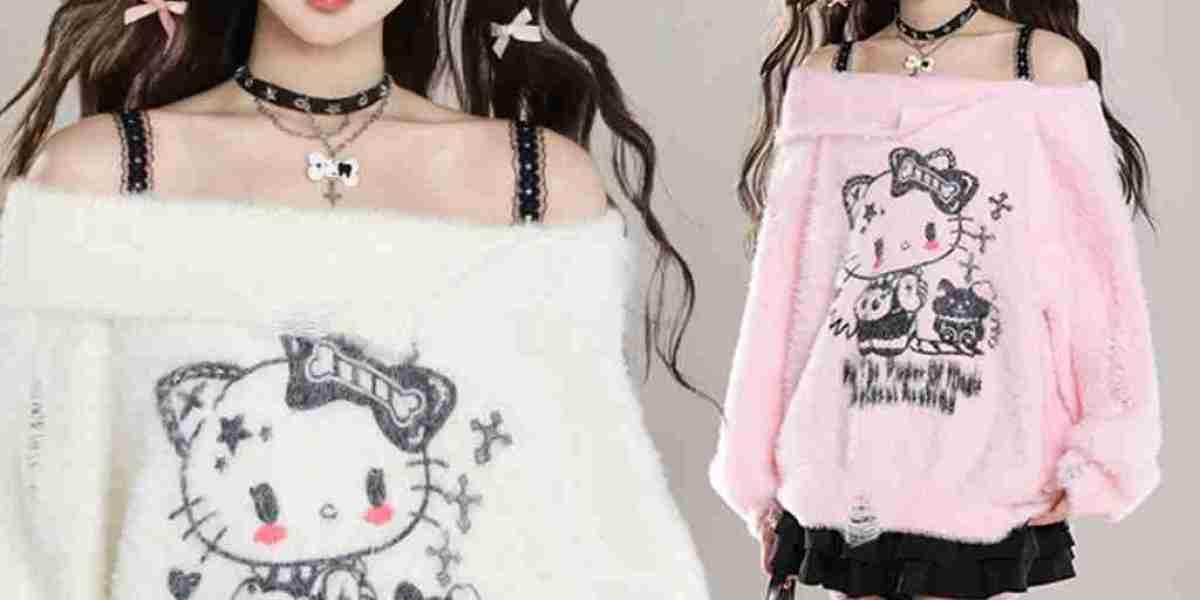Introduction
Lately, the style world has witnessed a surge in the recognition of aesthetic kawaii outfits - https://vinhomesnguyentraicity.com -. Kawaii, a Japanese time period that means "cute" or "lovable," has been embraced by people around the world as a fashion trend that combines whimsical, colorful, and playful components. This article goals to delve into the science behind aesthetic kawaii outfits and perceive the psychological and sociological components that contribute to their appeal.
The Psychology of Kawaii
The concept of kawaii extends past only a fashion development; it's deeply rooted in Japanese culture and aesthetics. Psychologists have studied the consequences of cute or kawaii photographs on individuals and have found that they'll evoke emotions of happiness, warmth, and consolation. This phenomenon is known as the "cuteness response," which is believed to be an evolutionarily ingrained conduct that elicits caregiving tendencies in humans.
In relation to fashion, incorporating kawaii parts into outfits can have an identical impact on the wearer and those around them. The vibrant colors, mushy textures, and playful patterns commonly found in kawaii fashion can evoke positive feelings and create a sense of childlike marvel. This will lead to increased ranges of self-confidence and happiness in people who wear kawaii outfits.
Sociological Impression of Kawaii Style
Beyond its psychological effects, kawaii fashion additionally has a significant sociological impact. In a world the place conformity and societal pressures usually dictate what is considered fashionable, kawaii fashion allows individuals to specific their distinctive personalities and creativity. This form of self-expression may also help people build a sense of identity and belonging within a community of like-minded people.
Furthermore, kawaii fashion has been embraced by numerous subcultures, such because the Harajuku and decora types in Japan, as effectively because the pastel goth and fairy kei movements within the West. These subcultures provide a sense of belonging and camaraderie for individuals who really feel marginalized or misunderstood by mainstream society. By donning kawaii outfits, people can signal their allegiance to a selected subculture and find acceptance amongst their peers.
Aesthetic Attraction of Kawaii Outfits
From a purely aesthetic standpoint, kawaii outfits are visually captivating and interesting. The use of vibrant colors, cute motifs, and whimsical equipment creates a way of visible harmony and balance. Moreover, kawaii trend typically incorporates components of nostalgia, equivalent to references to childhood cartoons, toys, and pop tradition icons. This nostalgia issue can set off emotions of joy and nostalgia in individuals, additional enhancing the attraction of kawaii outfits.
Furthermore, the combo-and-match nature of kawaii trend permits for countless creativity and experimentation. People can combine various pieces, textures, and patterns to create distinctive appears to be like that replicate their personal style. This freedom of expression is what units kawaii style aside from traditional trend traits, which regularly adhere to strict rules and conventions.
Practicality of Kawaii Style
Despite its whimsical and playful look, kawaii trend may also be practical and purposeful. Many kawaii outfits are designed with comfort and versatility in mind, making them suitable for everyday wear. The use of mushy fabrics, free silhouettes, and adjustable equipment ensures that people can transfer freely and comfortably of their kawaii outfits.

Moreover, kawaii trend is inclusive and accessible to individuals of all ages, body varieties, and gender identities. There are not any strict rules or guidelines in the case of wearing kawaii outfits, allowing individuals to specific themselves authentically and confidently. This inclusivity is a key factor in the enduring popularity of kawaii trend amongst various teams of individuals.
Conclusion
In conclusion, the science behind aesthetic kawaii outfits reveals a fancy interplay of psychological, sociological, aesthetic, and sensible elements. From evoking feelings of happiness and nostalgia to offering a sense of identification and belonging, kawaii style has a profound impression on individuals and communities around the world. By embracing kawaii style, people can express their creativity, individuality, and joy in a visually captivating and inclusive method.







